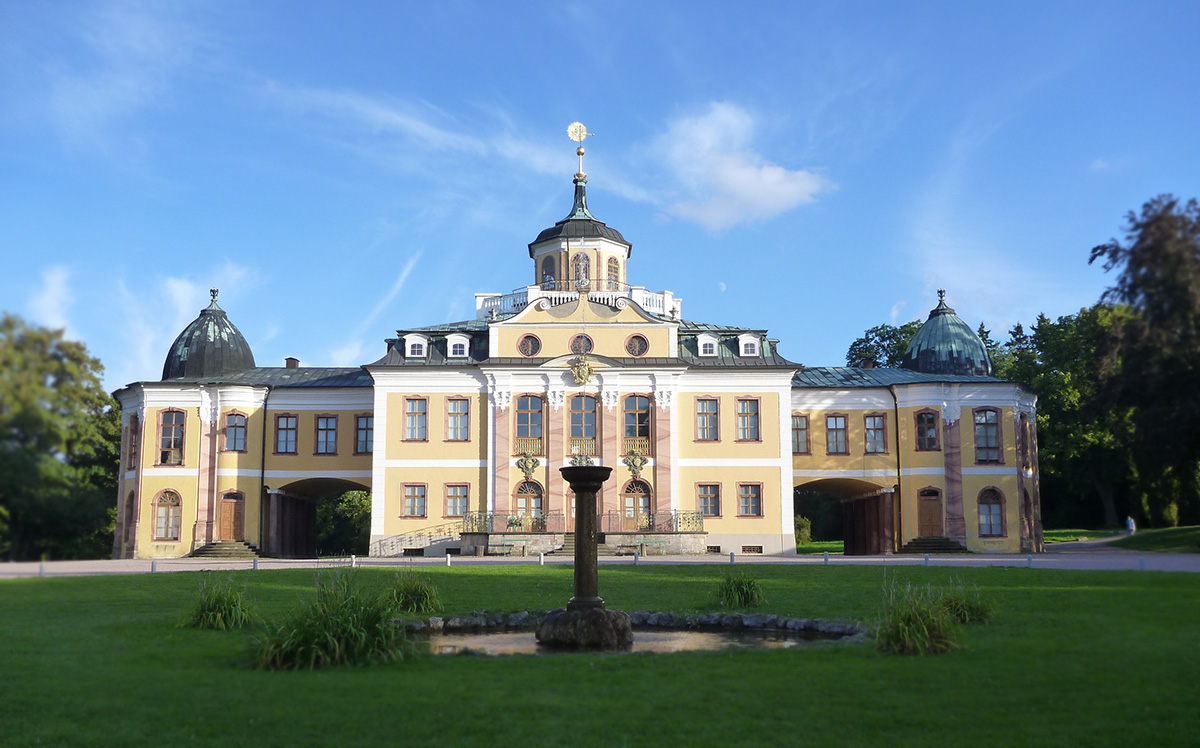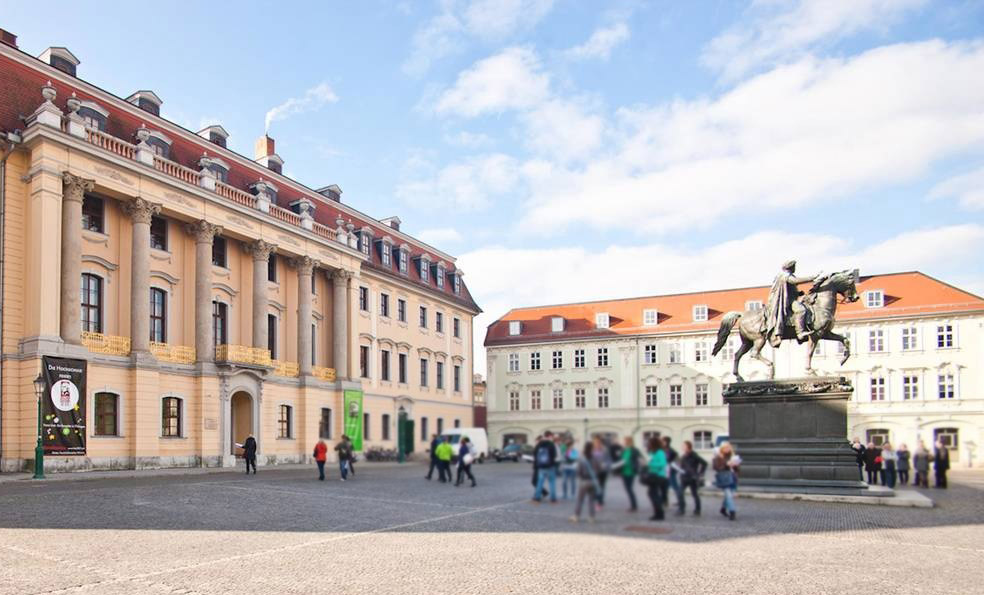Schloss Belvedere Weimar
Audio Guide Schloss Belvedere
Schloss Belvedere in Weimar, Germany, is an exquisite palace complex with a rich and fascinating history. Here are some intriguing facts and stories associated with it:
-
Baroque and French Style: Schloss Belvedere was built in the Baroque style in the early 18th century. It was commissioned by Duke Ernst August I and served as a summer residence for leisure and entertainment. The palace's architecture and the surrounding gardens draw inspiration from the French style.
-
Unique Architecture: One of the standout features of Schloss Belvedere is its architectural harmony and beauty. The palace's chambers are adorned with exquisite frescoes and stucco work. Details such as golden moldings and fireplace mantels add to the palace's opulence.
-
Gardens and Park: Schloss Belvedere is surrounded by beautiful gardens and a park that exemplify the symmetry and geometry of Baroque design. You'll find well-kept lawns, artificial water features, and countless sculptures and statues that create an atmosphere of grandeur and serenity.
-
Museum History: In the early 20th century, the palace was transformed into a museum, which is now part of the German National Museum. The museum houses valuable collections of paintings, furniture, and decorative arts, as well as exhibitions dedicated to art and culture.
-
Famous Visitors: Schloss Belvedere was a place where many prominent figures, including Johann Wolfgang von Goethe, frequently met and socialized. This place inspired their creative work and enriched their spiritual lives.
-
Contemporary Significance: Today, Schloss Belvedere continues to attract tourists and art enthusiasts. It embodies the richness and beauty of Weimar's cultural heritage and Germany as a whole.
Schloss Belvedere is not just an architectural masterpiece; it's a place where culture, history, and nature intertwine, creating a unique space for exploration and inspiration.
Other sights
-
Albert Schweitzer Denkmal
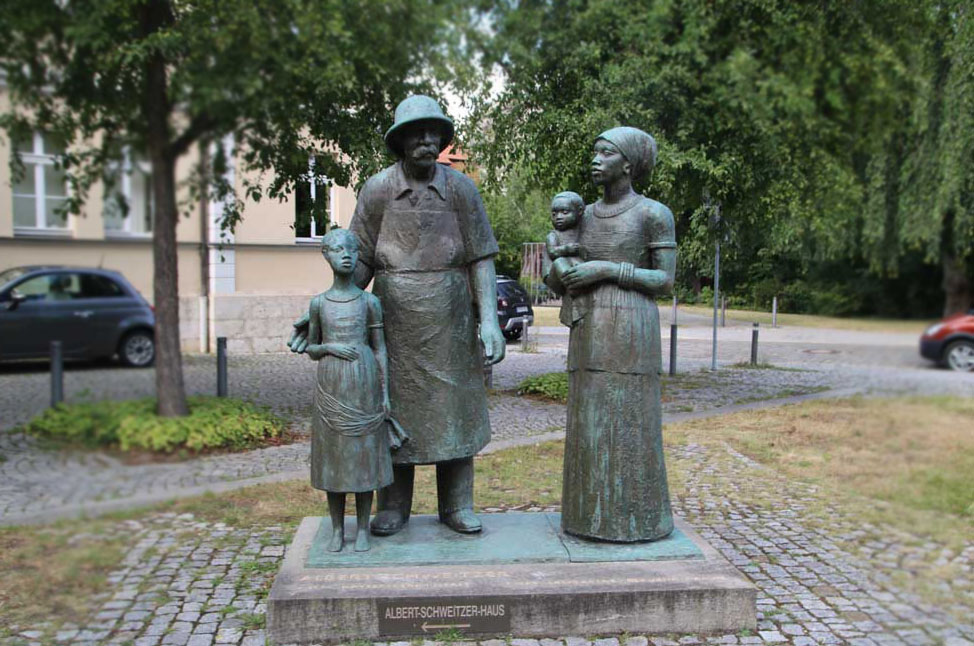
-
Altenburg (Franz Liszt)

-
Atrium & ehemaliges Gauforum
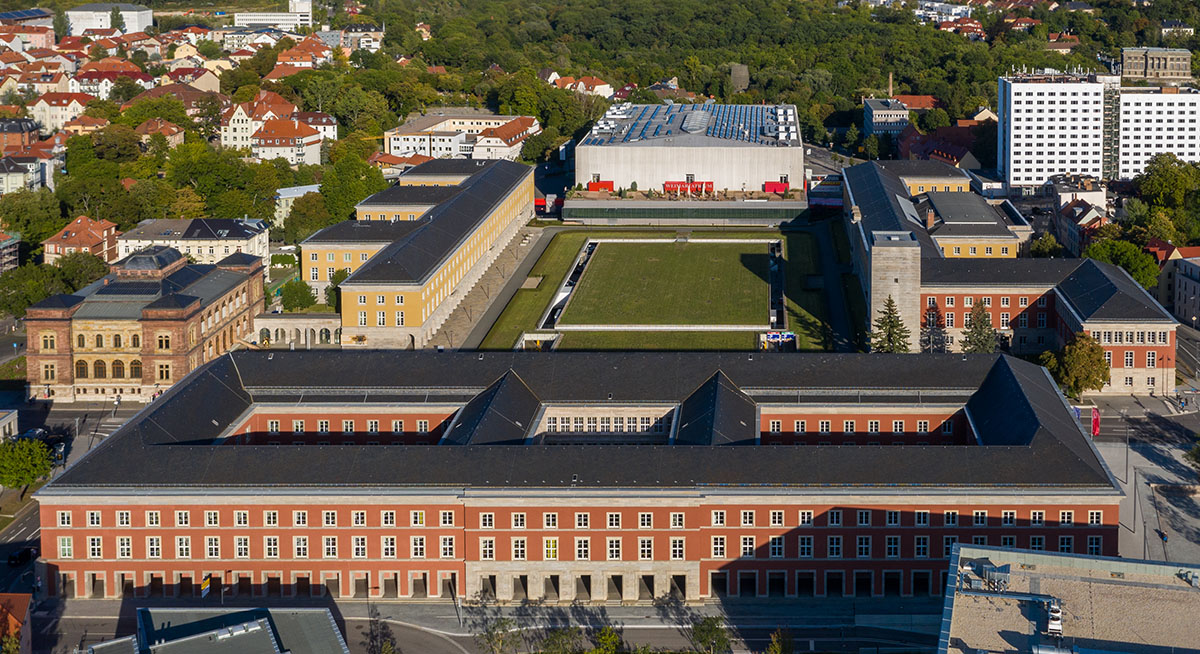
-
Bauhaus Universität (Henry van de Velde)
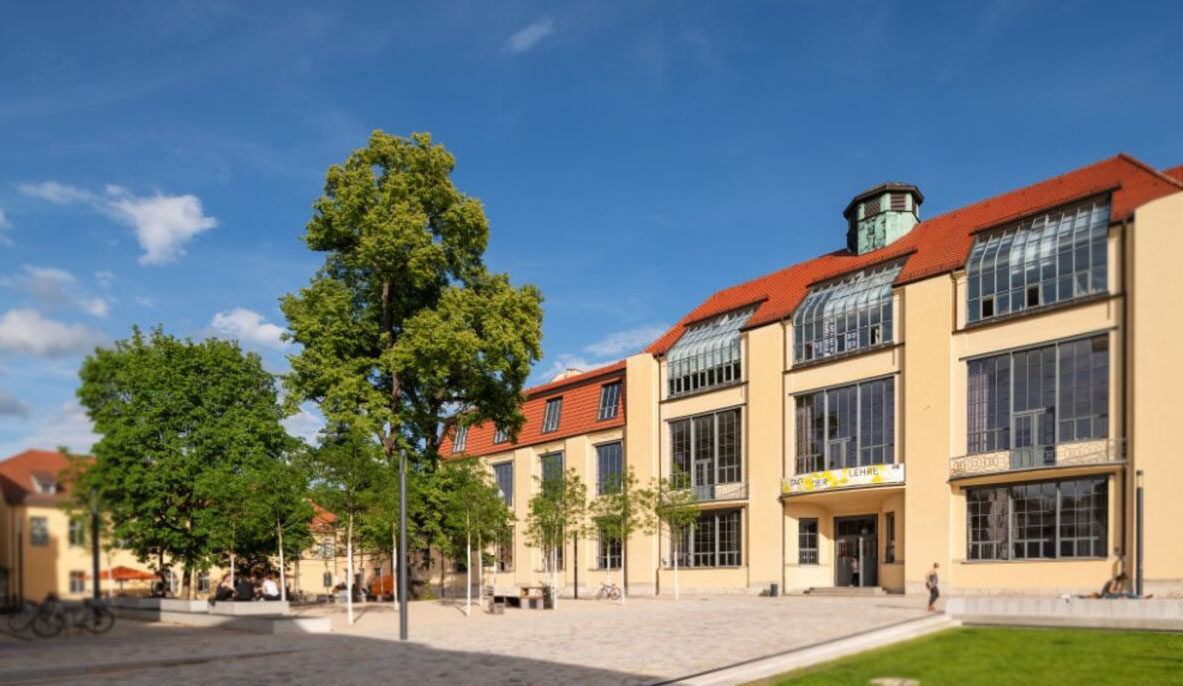
-
Bauhaus: Haus am Horn
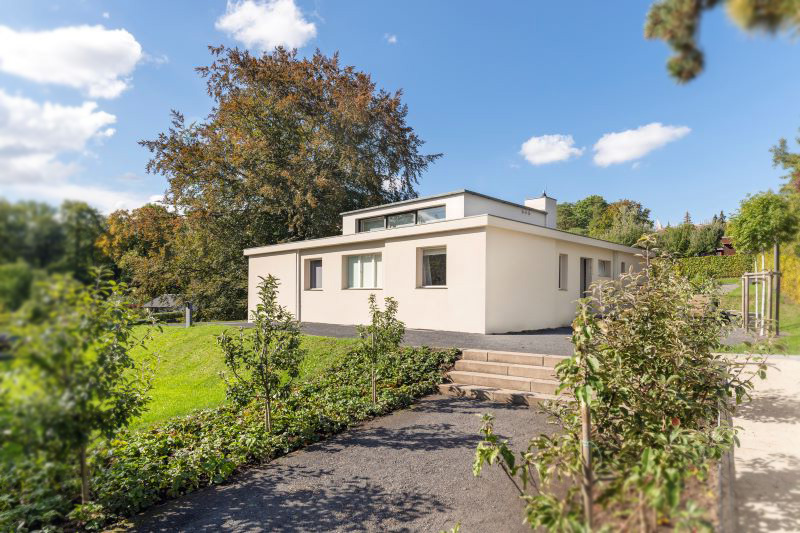
-
Carl Heinrich Ferdinand Streichhan-Kaserne
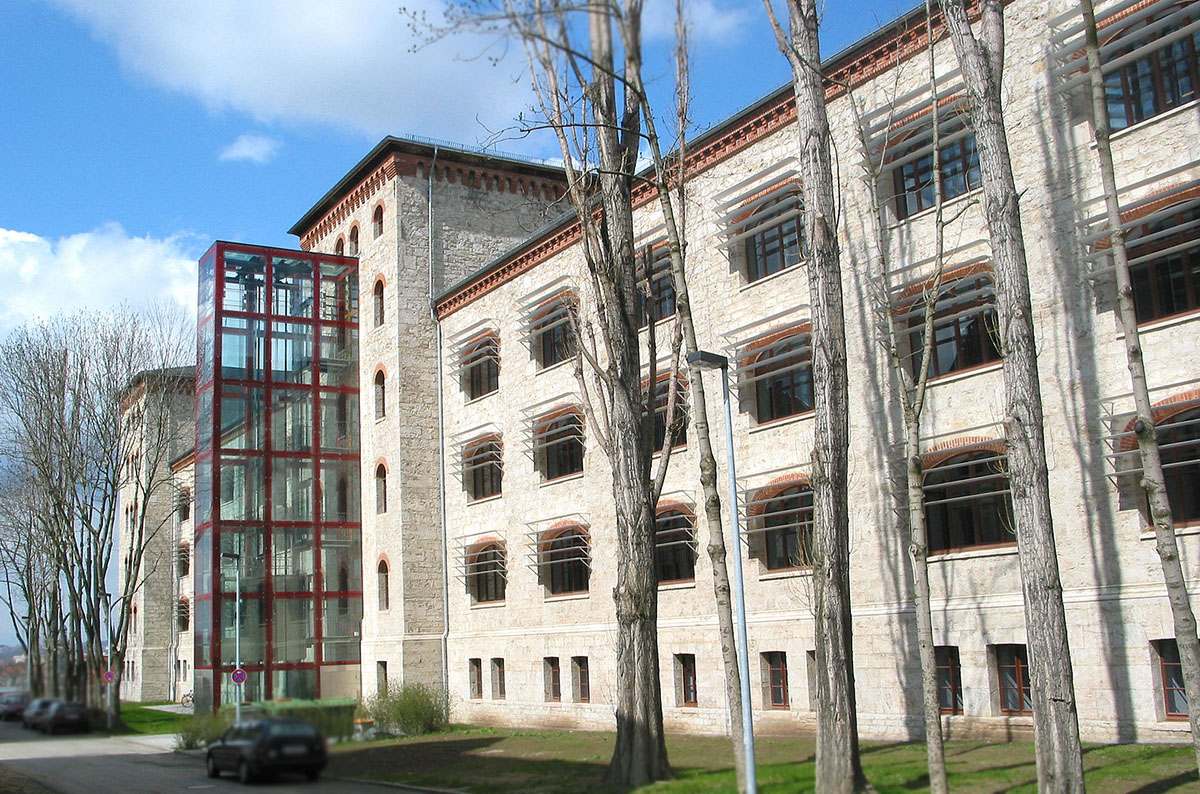
-
Cranachhaus
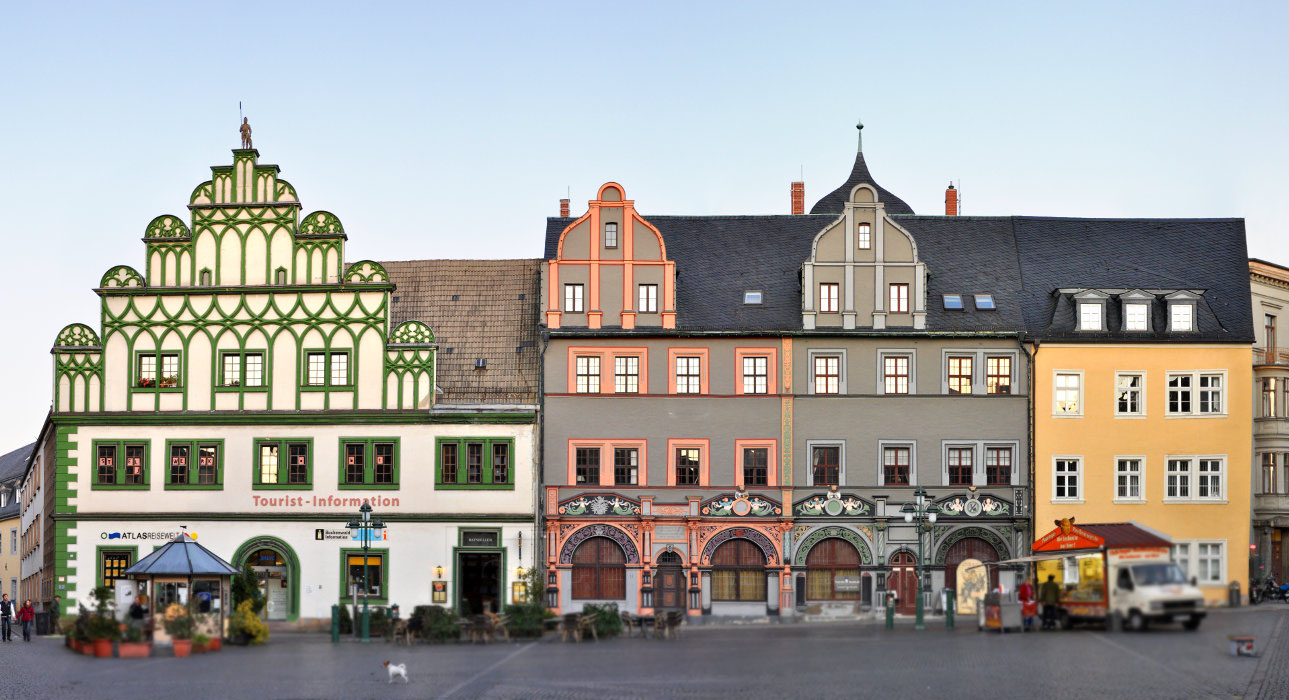
-
Denkmal Nepomuk Hummel
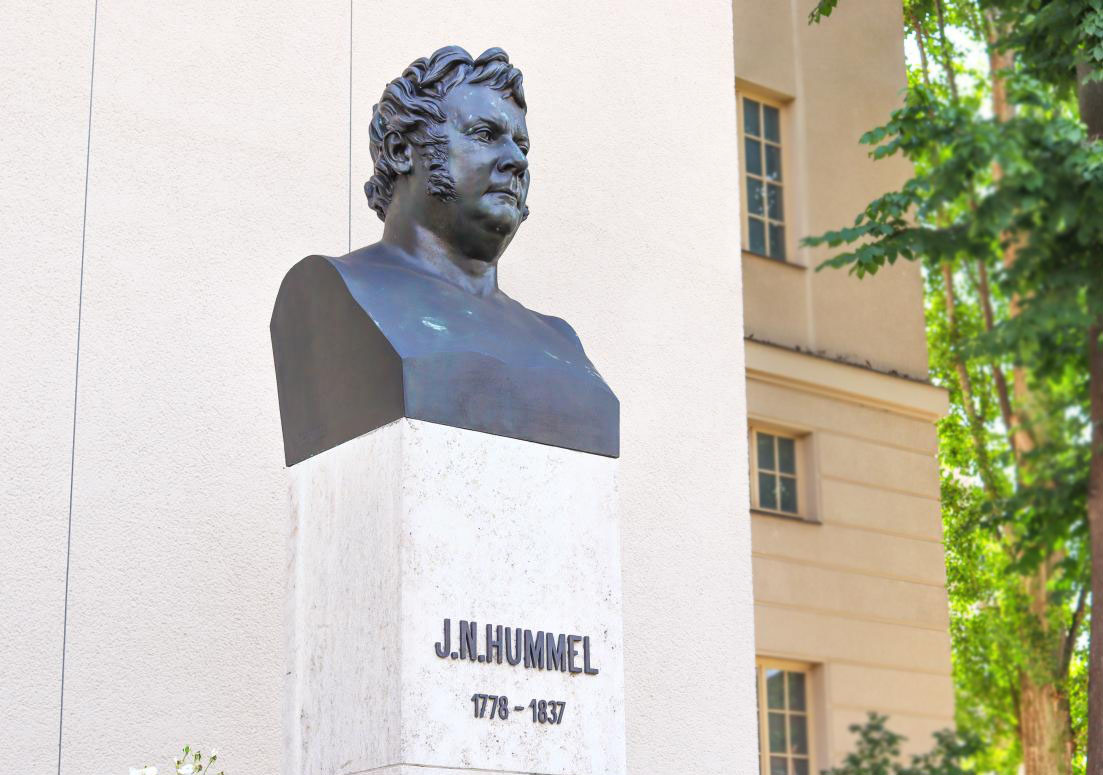
-
Denkmal Nepomuk Hummel und katholische Kirche
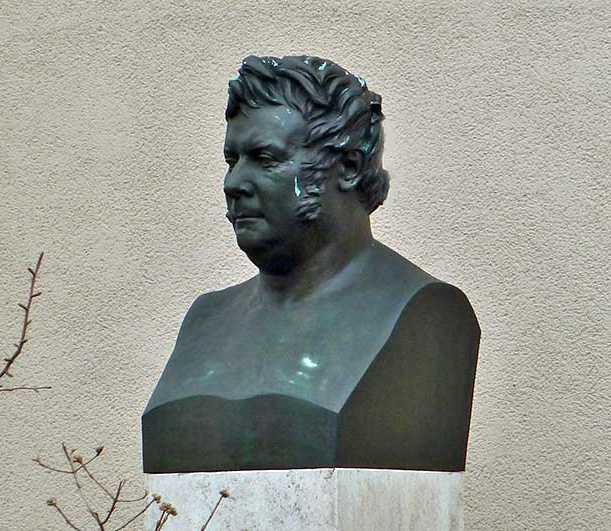
-
Deutsches Nationaltheater Goethe & Schiller Denkmal
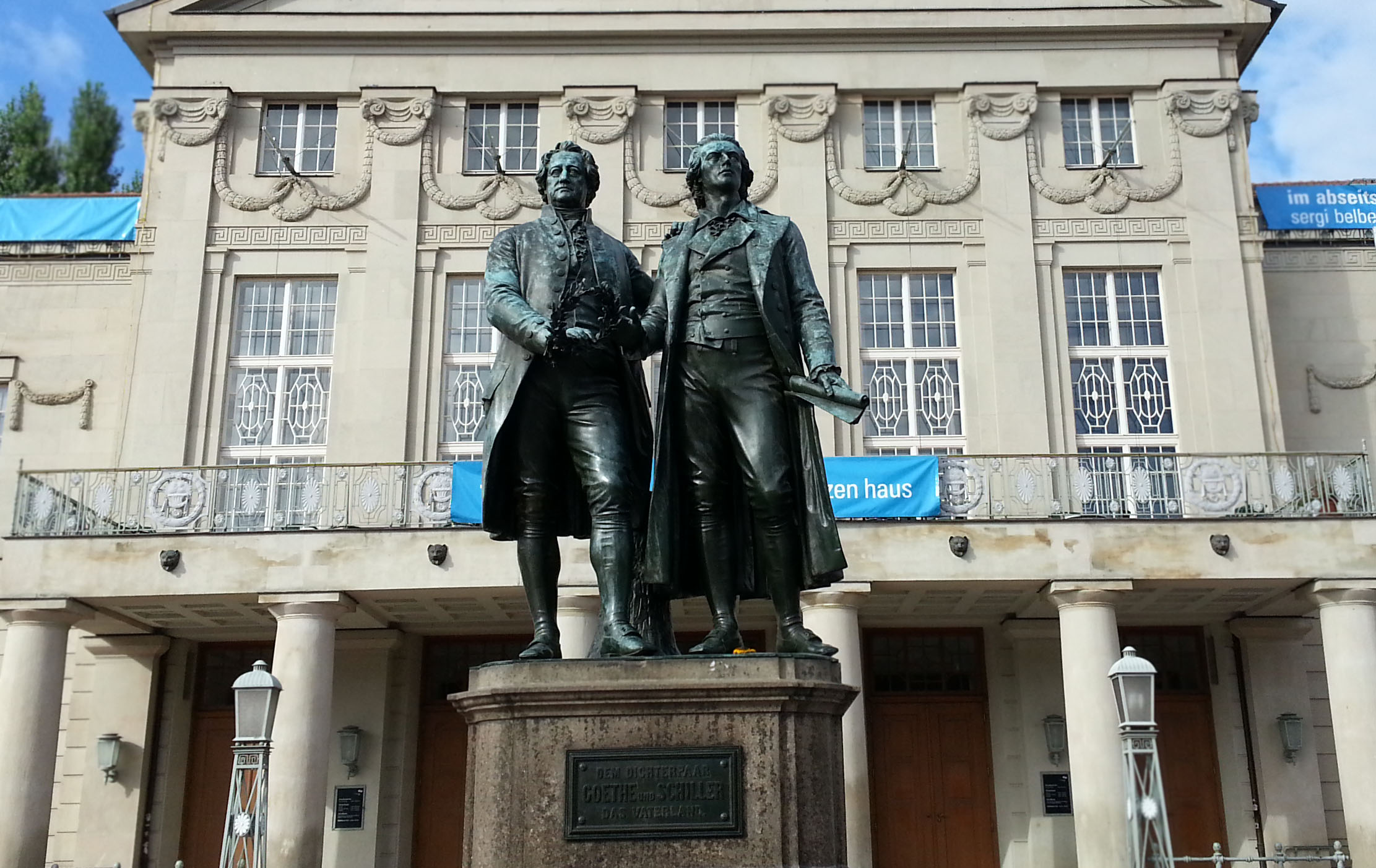
-
Ginkgobaum
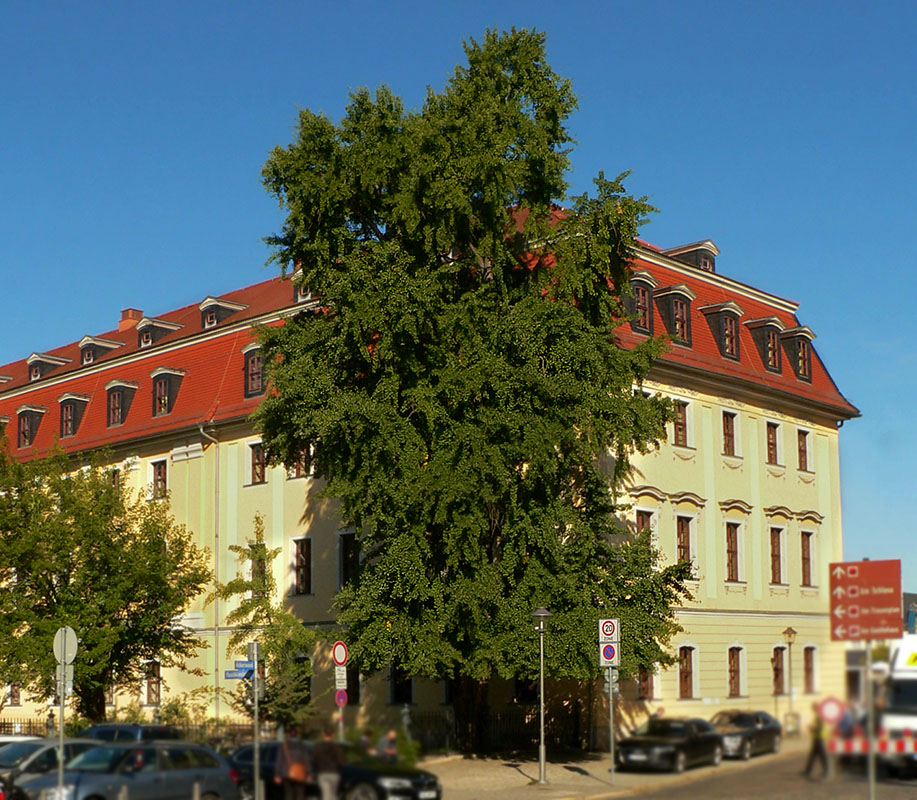
-
Goethe- & Schillerarchiv
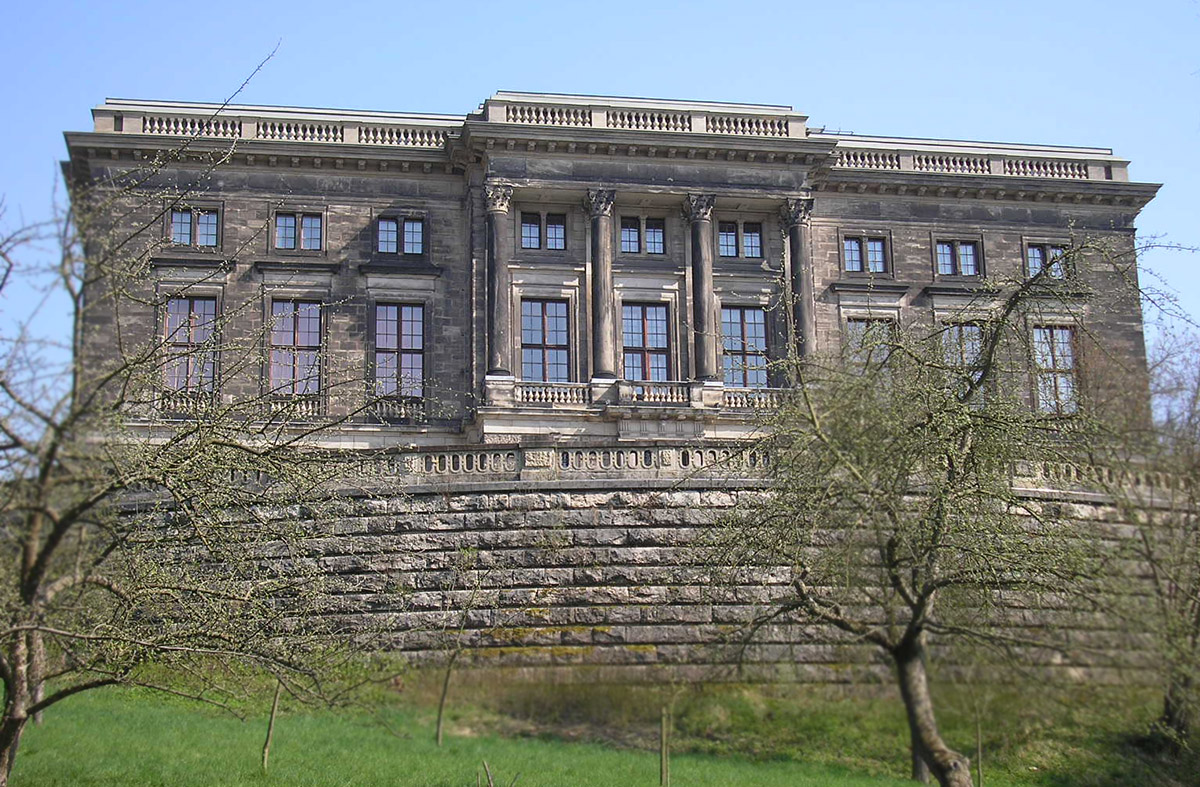
-
Goetheplatz mit Kasseturm & Stadtmauer

-
Goethes Wohnhaus
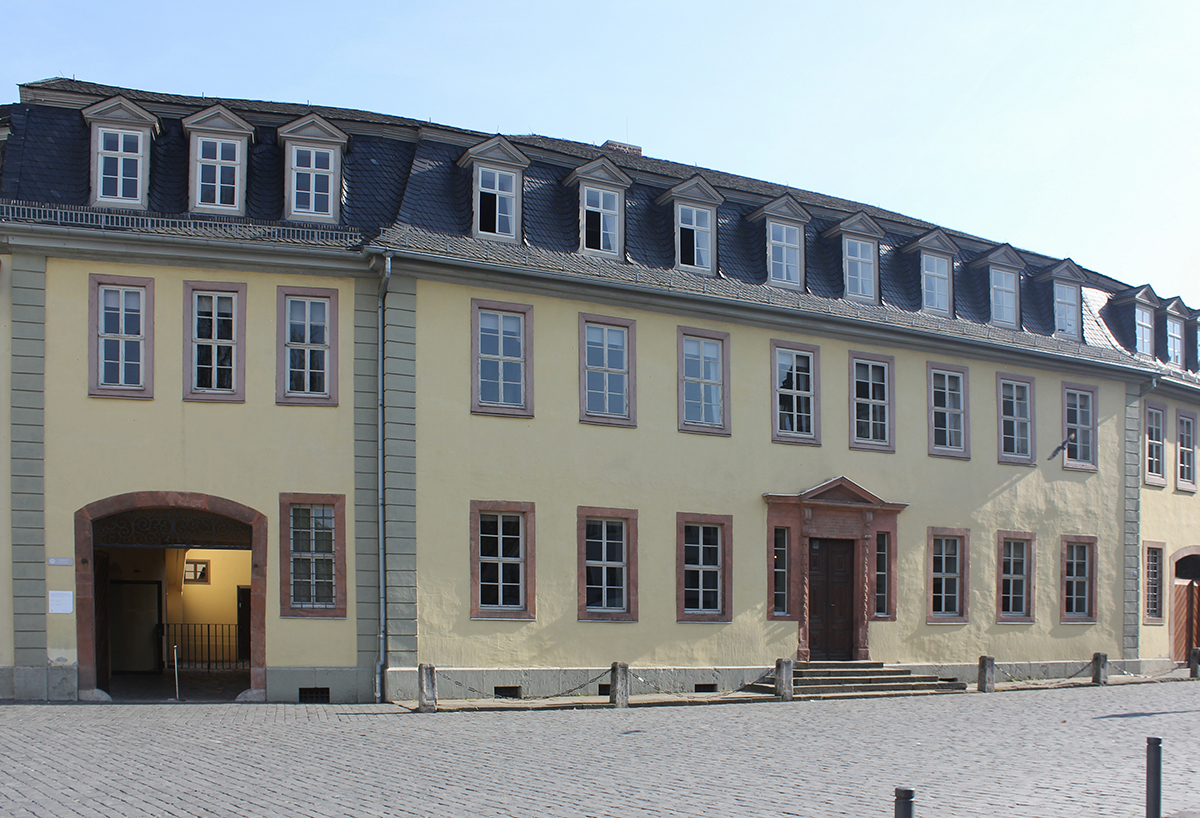
-
Haus am Horn
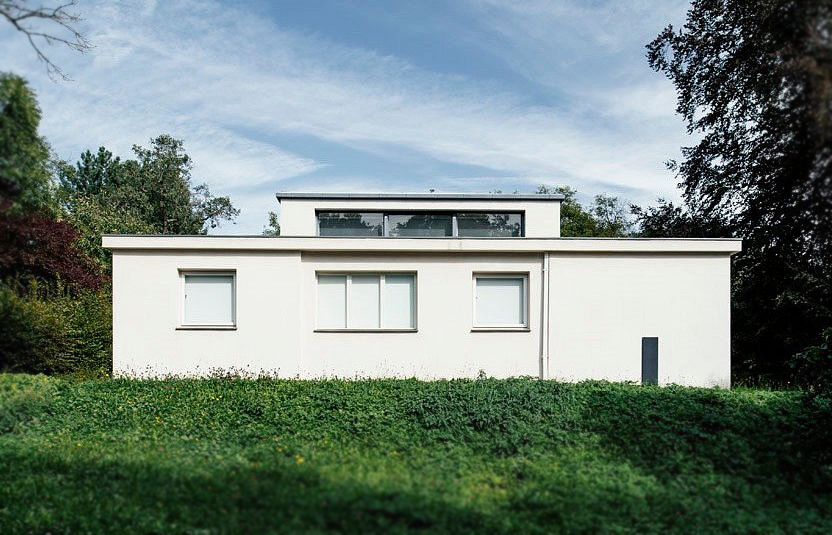
-
Haus der Charlotte von Stein
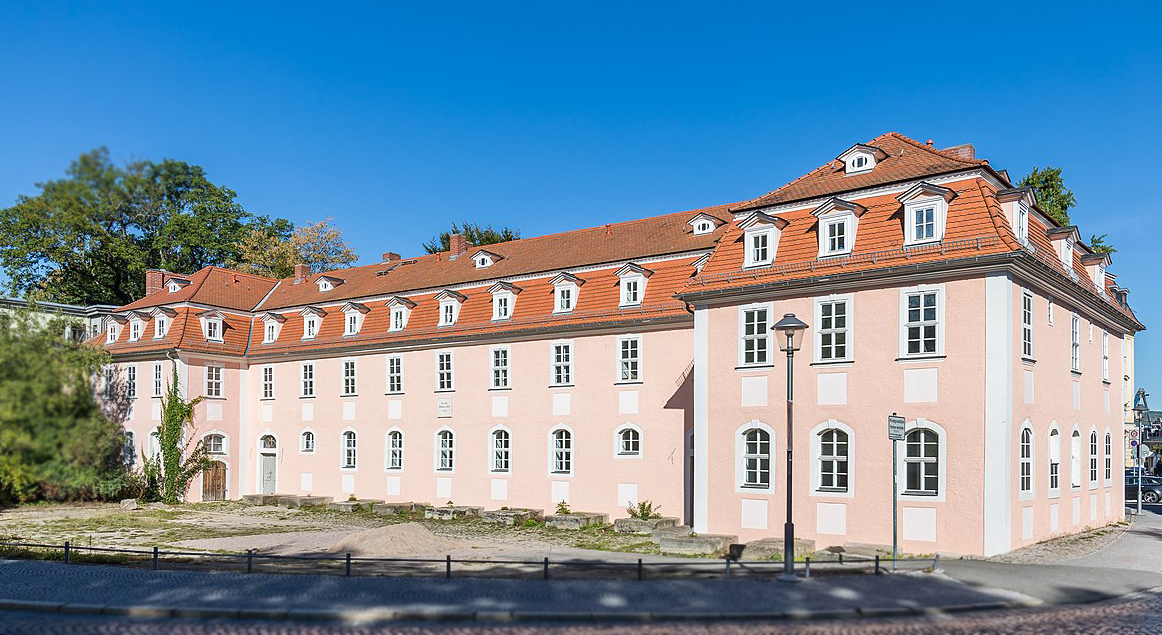
-
Herderplatz & Kirche St. Peter und Paul
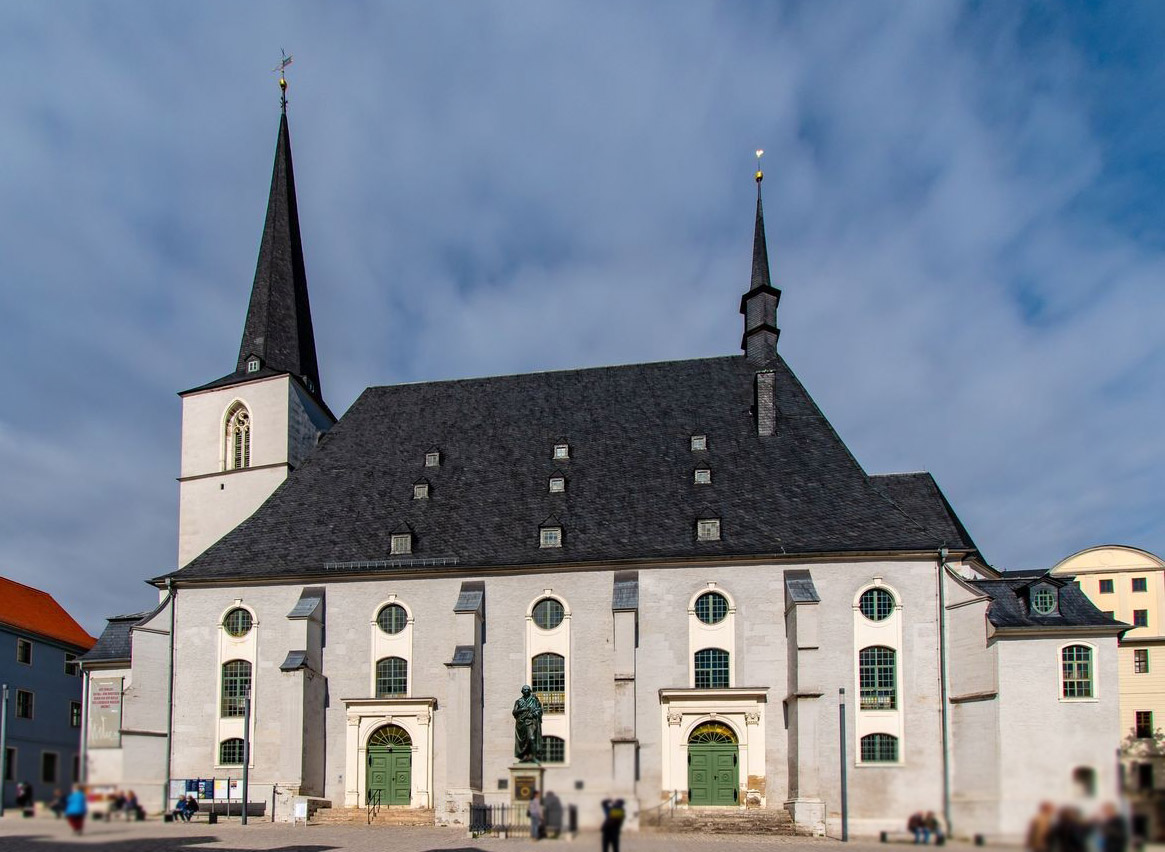
-
Herzogin Anna-Amalia-Bibliothek
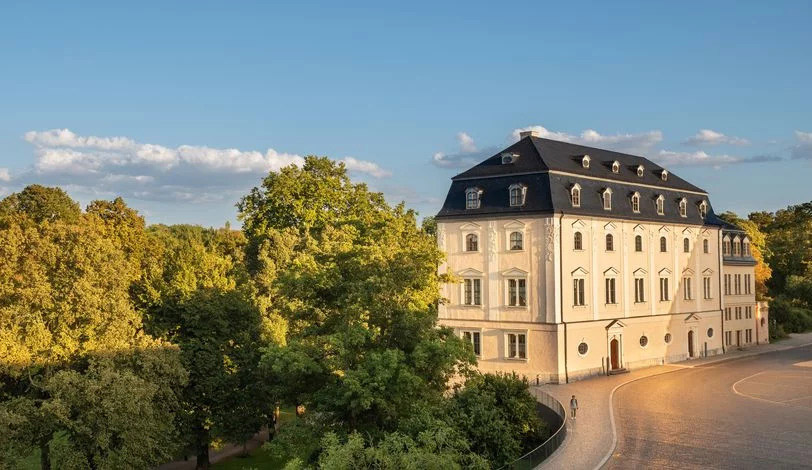
-
Historischer Friedhof
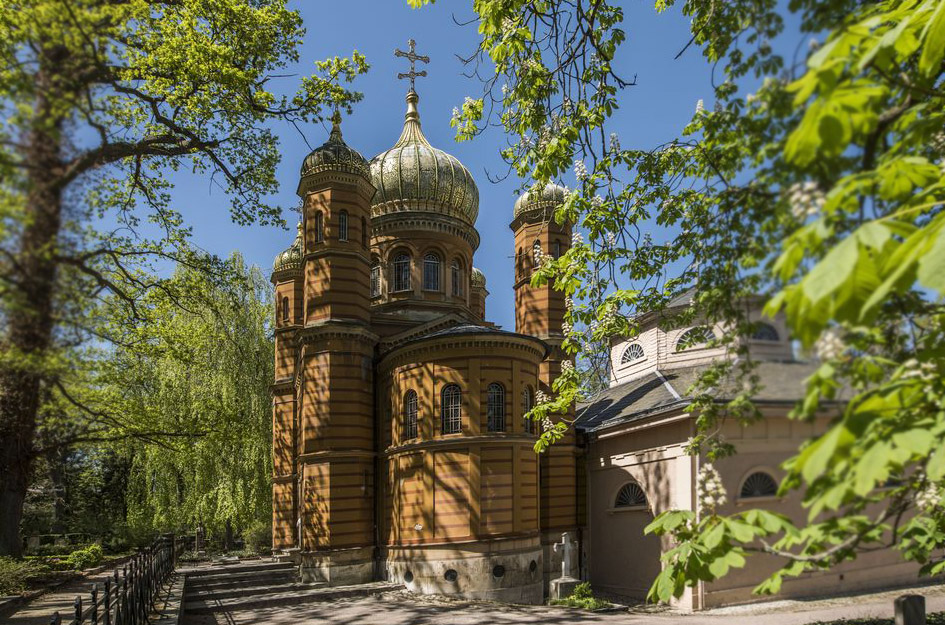
-
Hochschule für Musik Franz Liszt (Fürstenhaus)
-
J. G. Herder, Kirche St. Peter und Paul
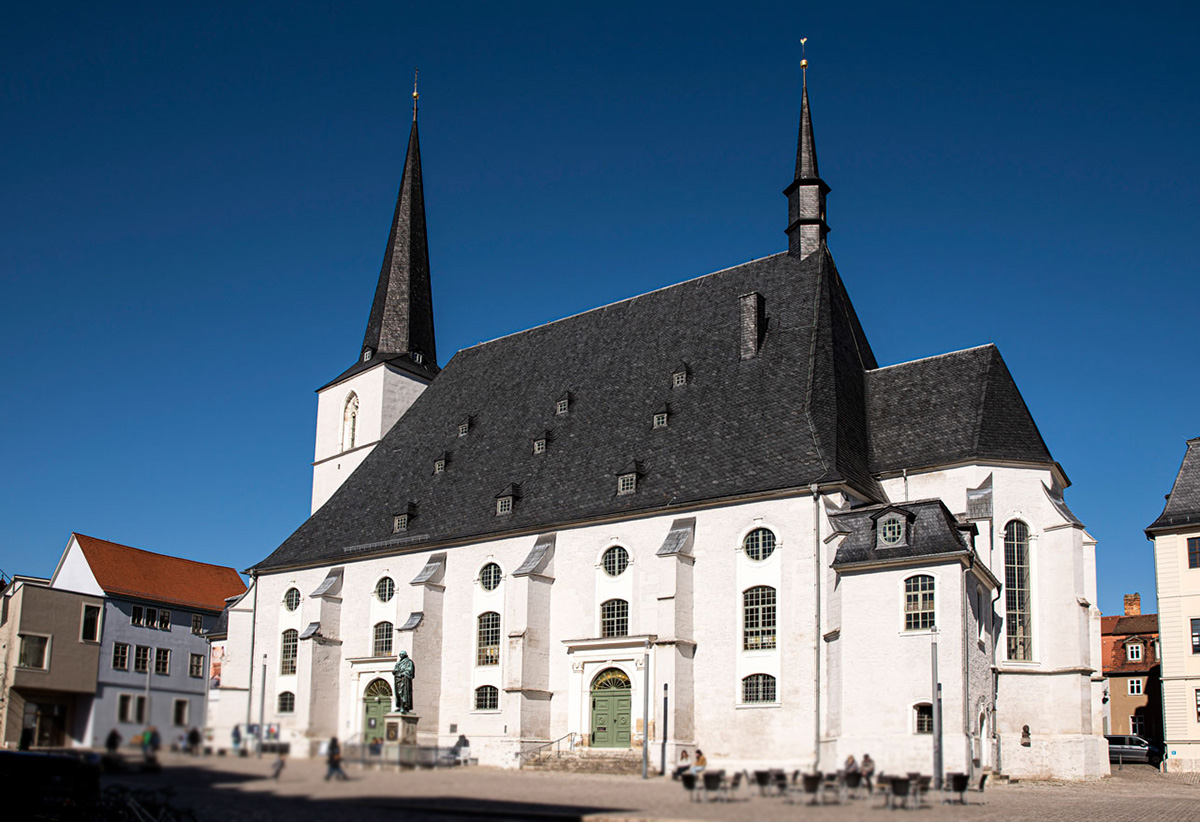
-
J. S. Bach in Weimar & Bachtafel
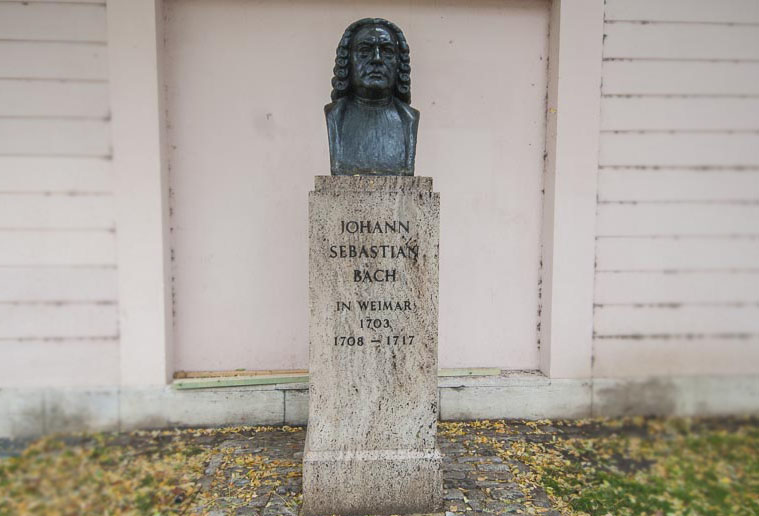
-
Katholische Kirche
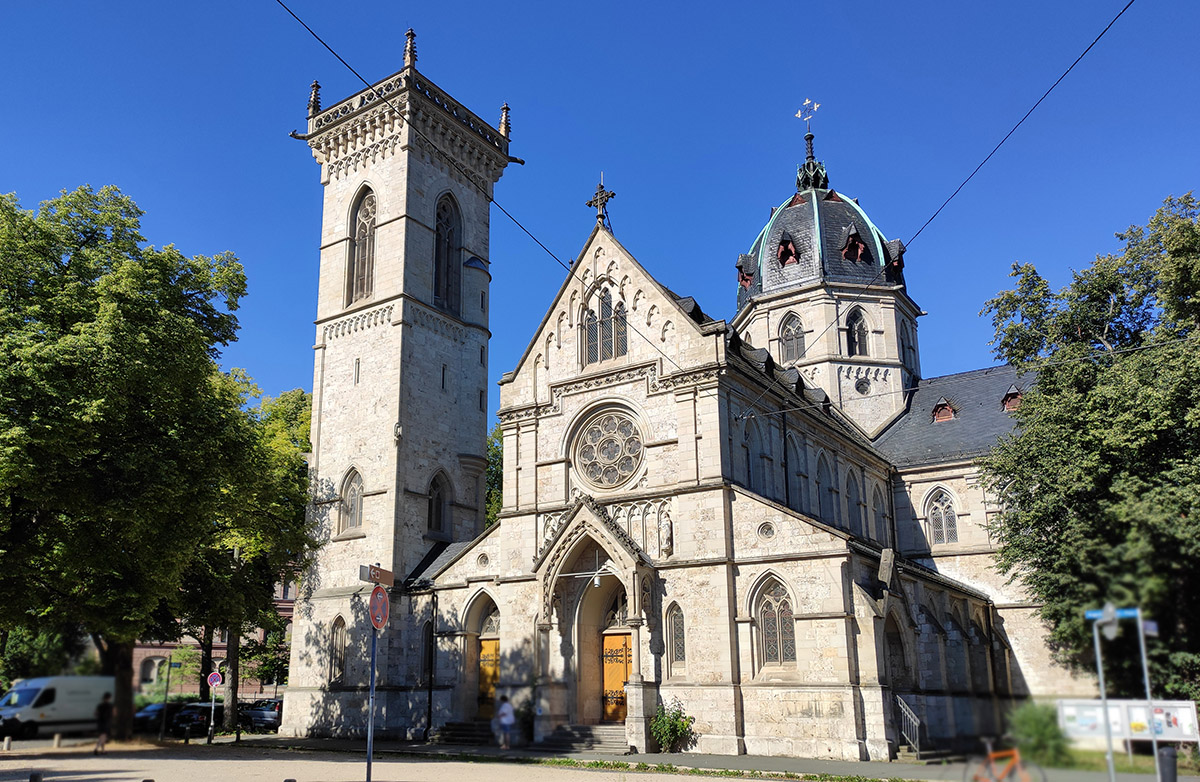
-
Landesmuseum
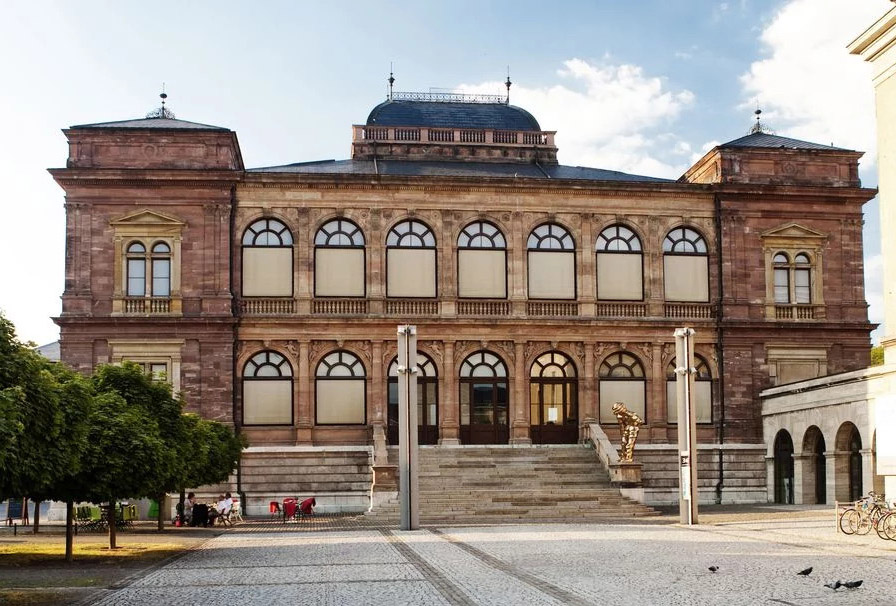
-
Liszthaus & Liszt in Weimar
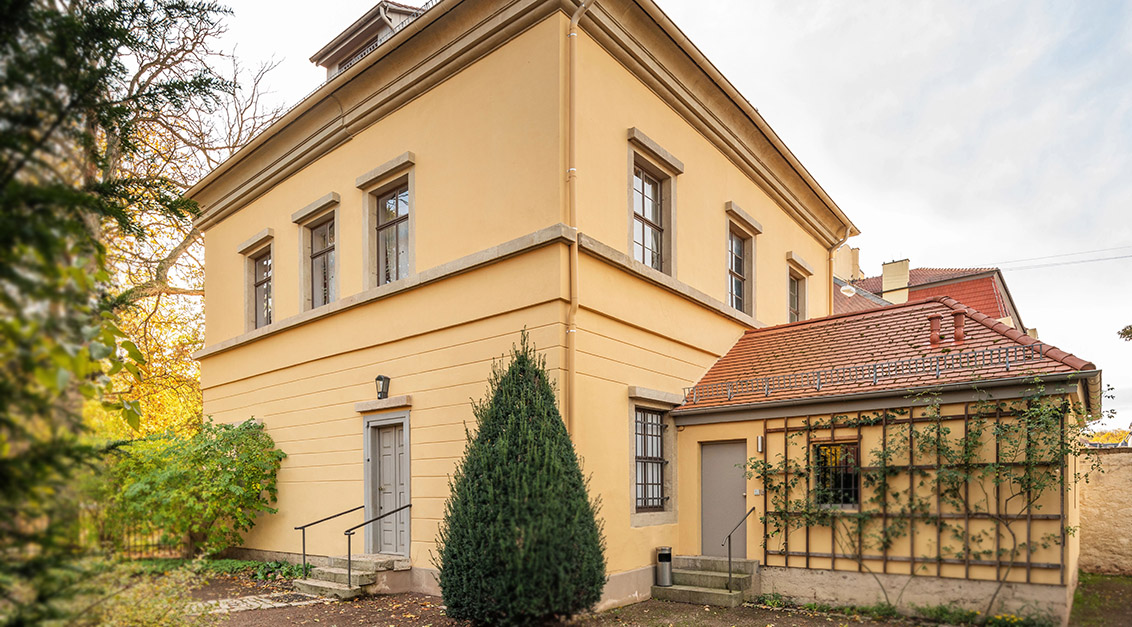
-
Markt
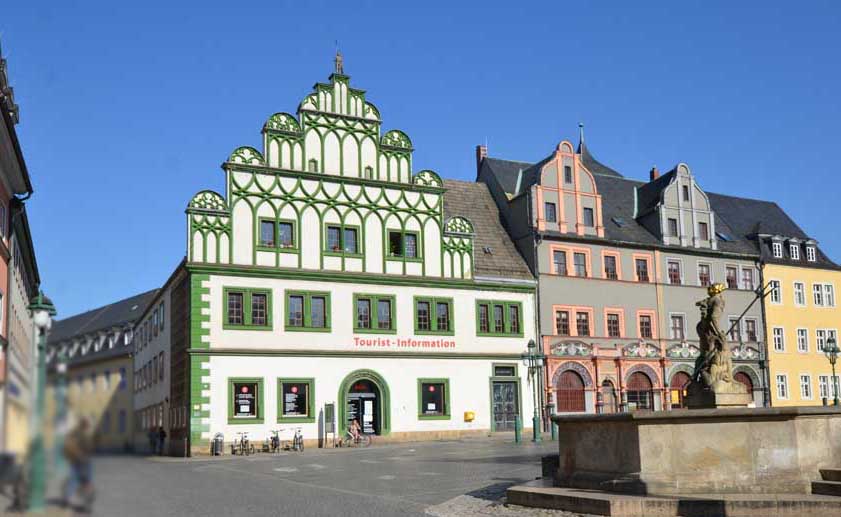
-
Marktplatz, J. S. Bach

-
Marktplatz, Rathaus, Cranachhaus
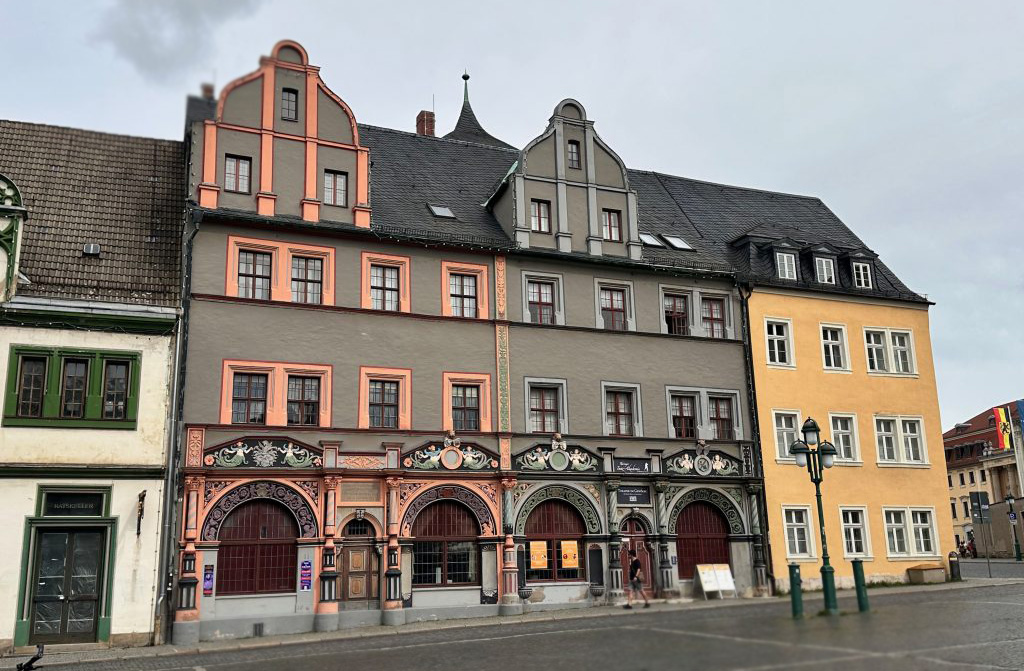
-
Marstall
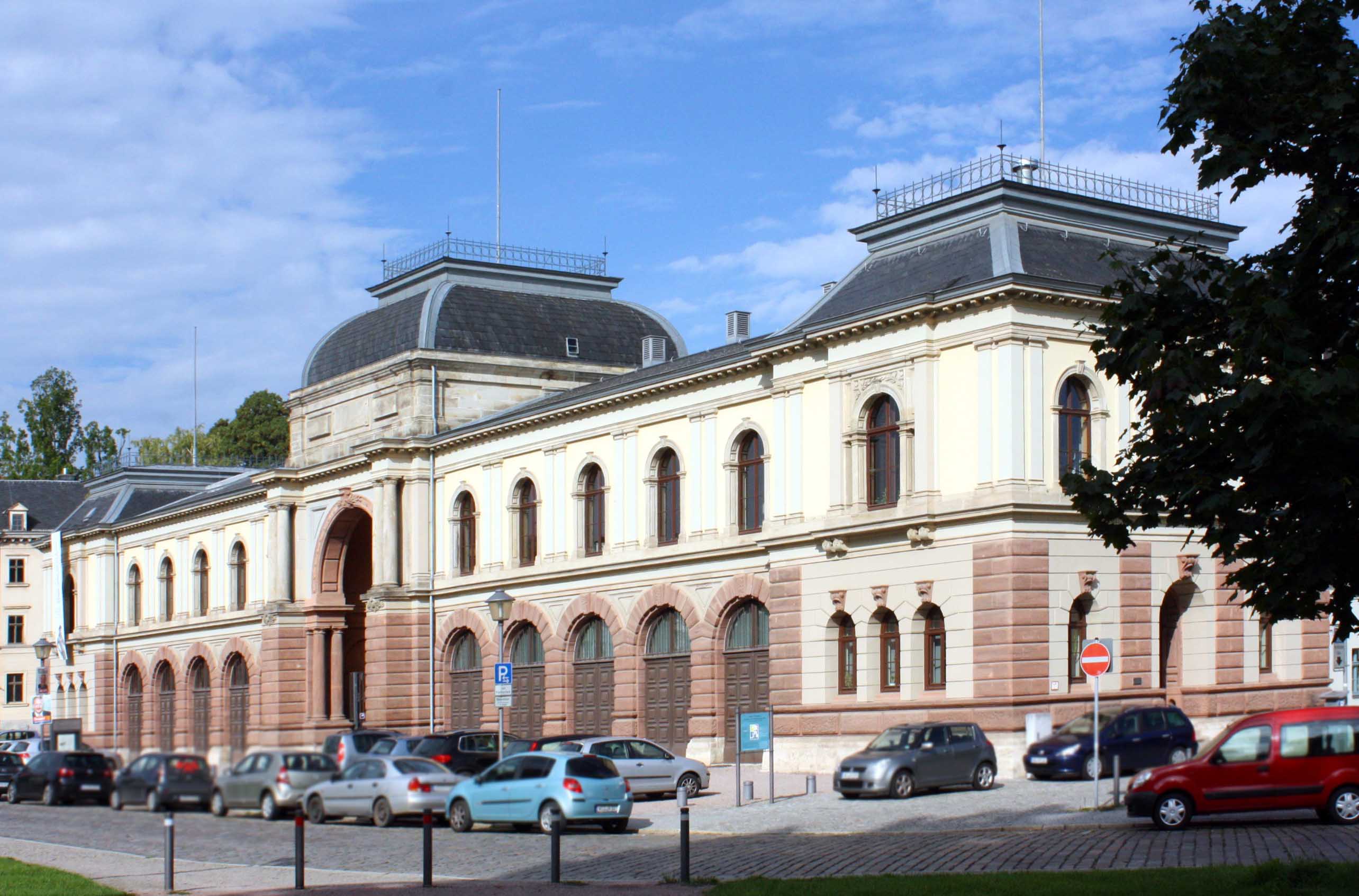
-
Modernes Weimar: Neues Bauen am Horn
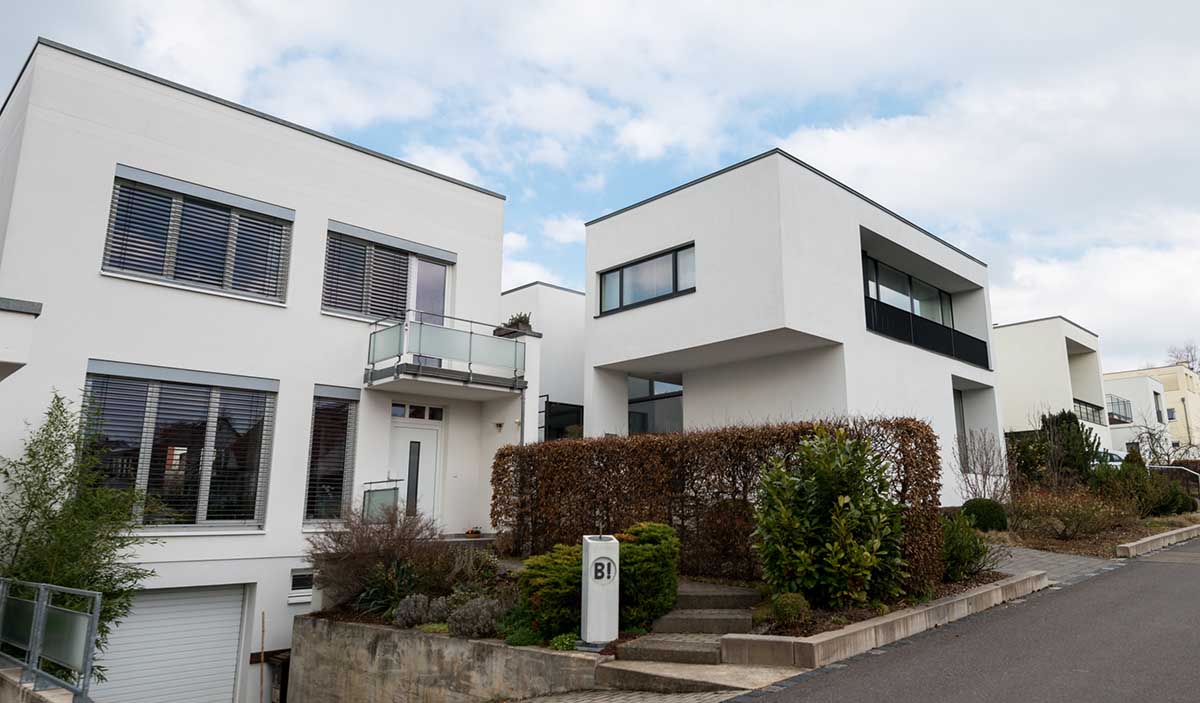
-
Neue Weimarhalle
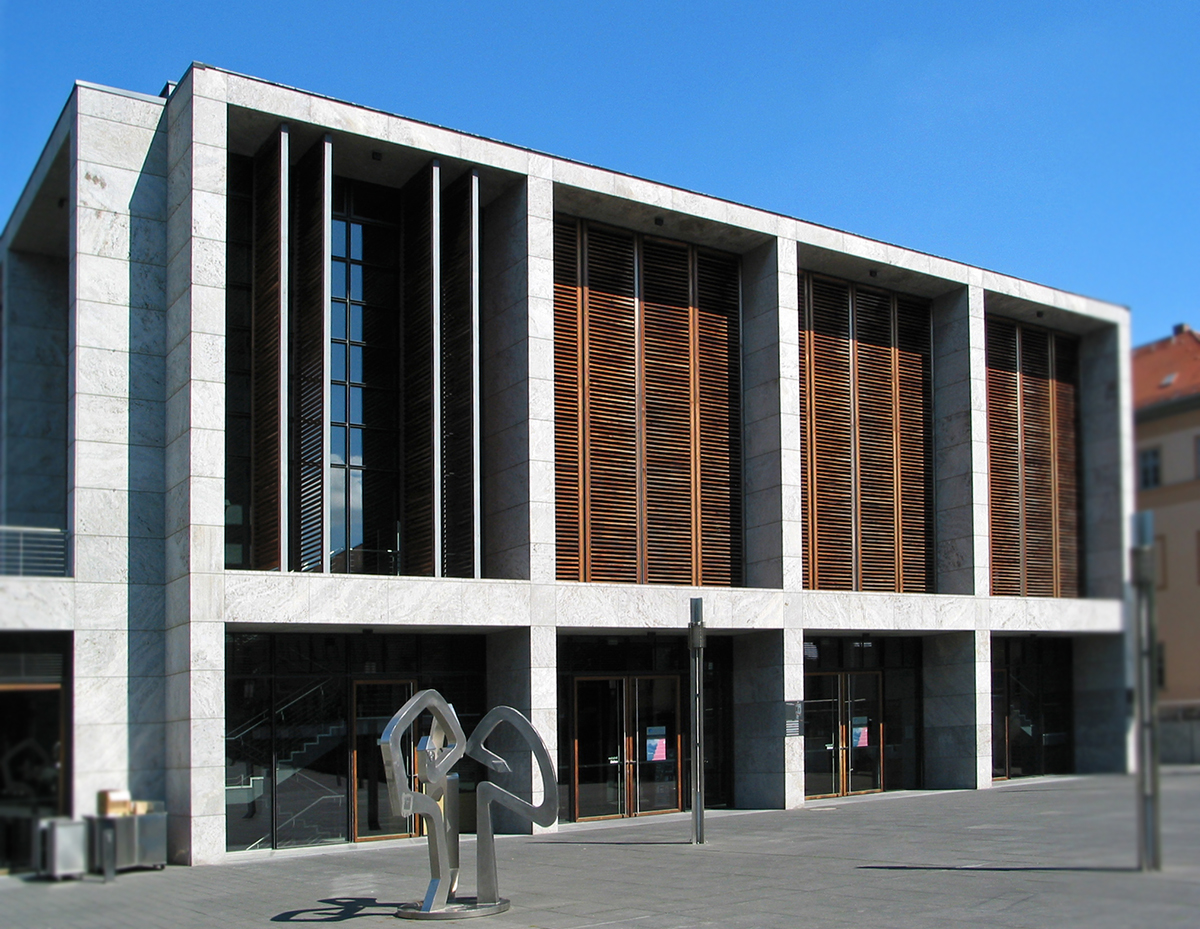
-
Neues Museum
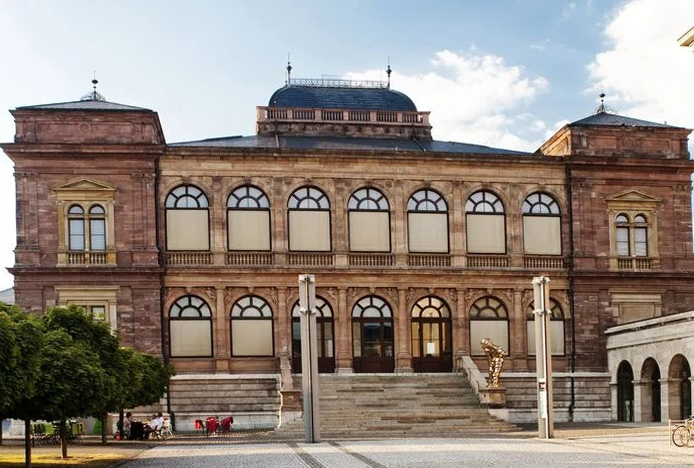
-
Parkhöhle

-
Platz der Demokratie (Fürstenplatz)
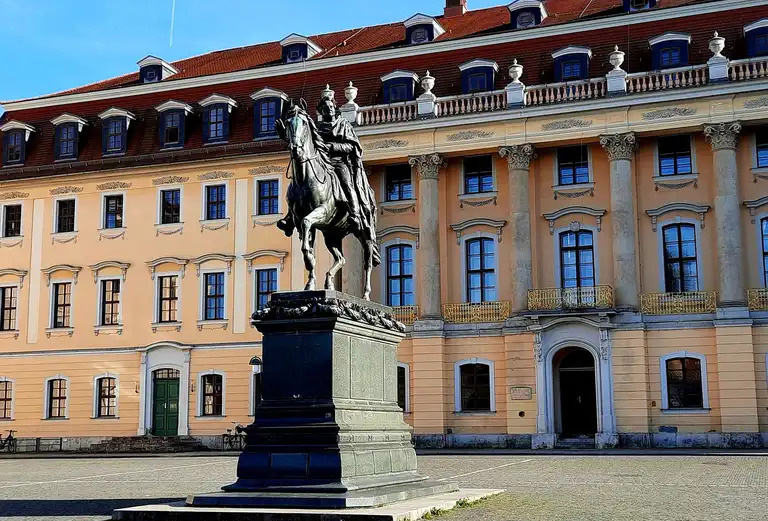
-
Platz der Demokratie, Anna Amalia Bibliothek
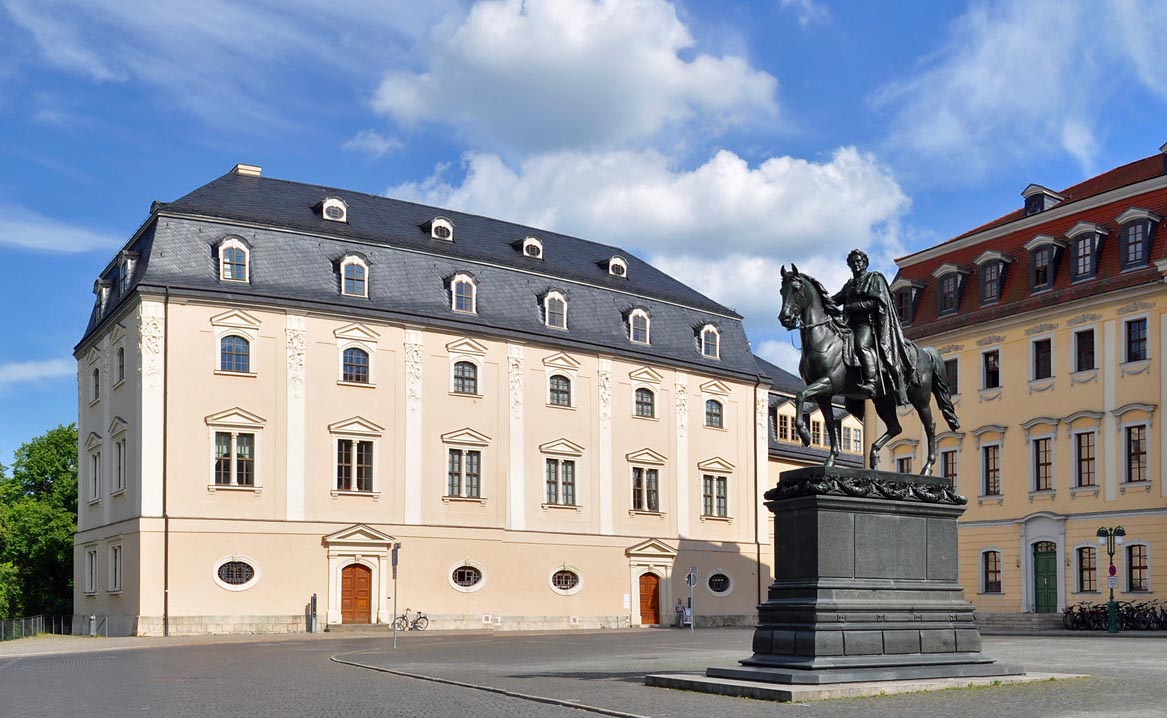
-
Rathaus
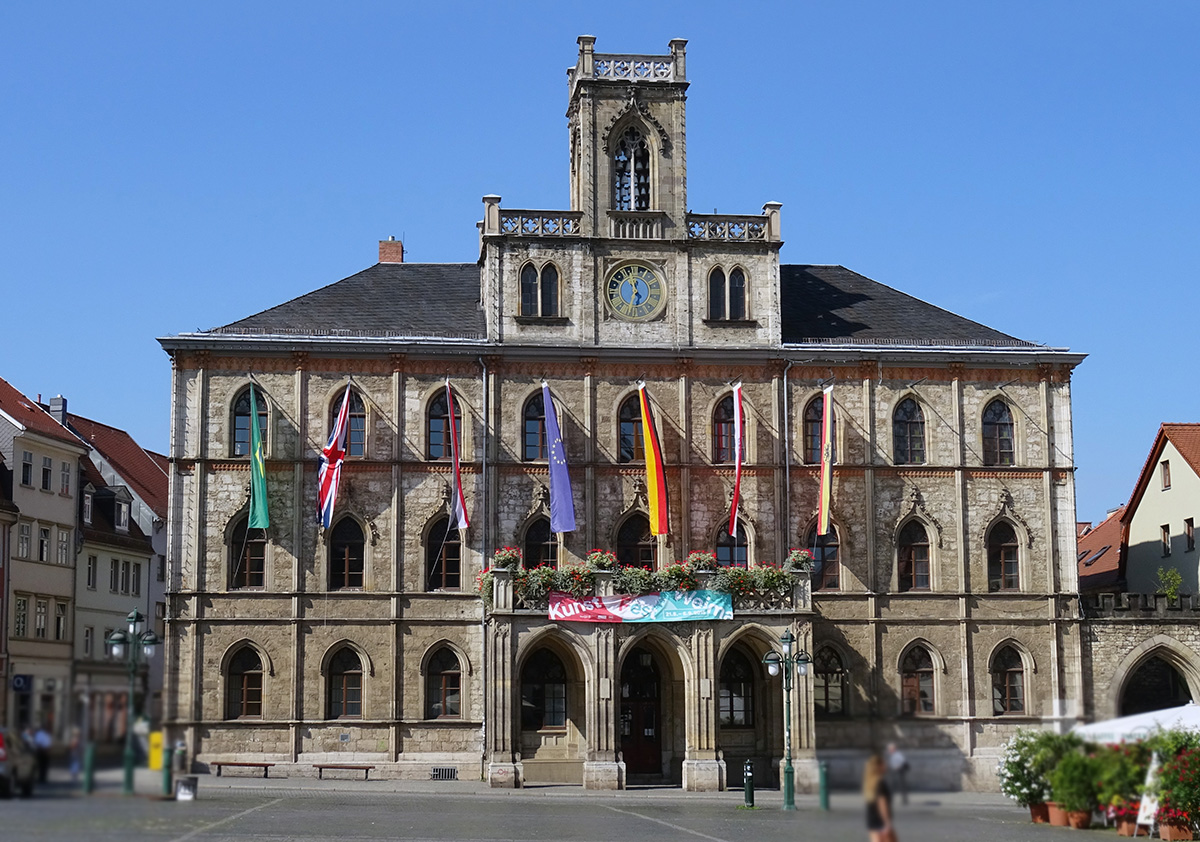
-
Reiterstandbild Carl August
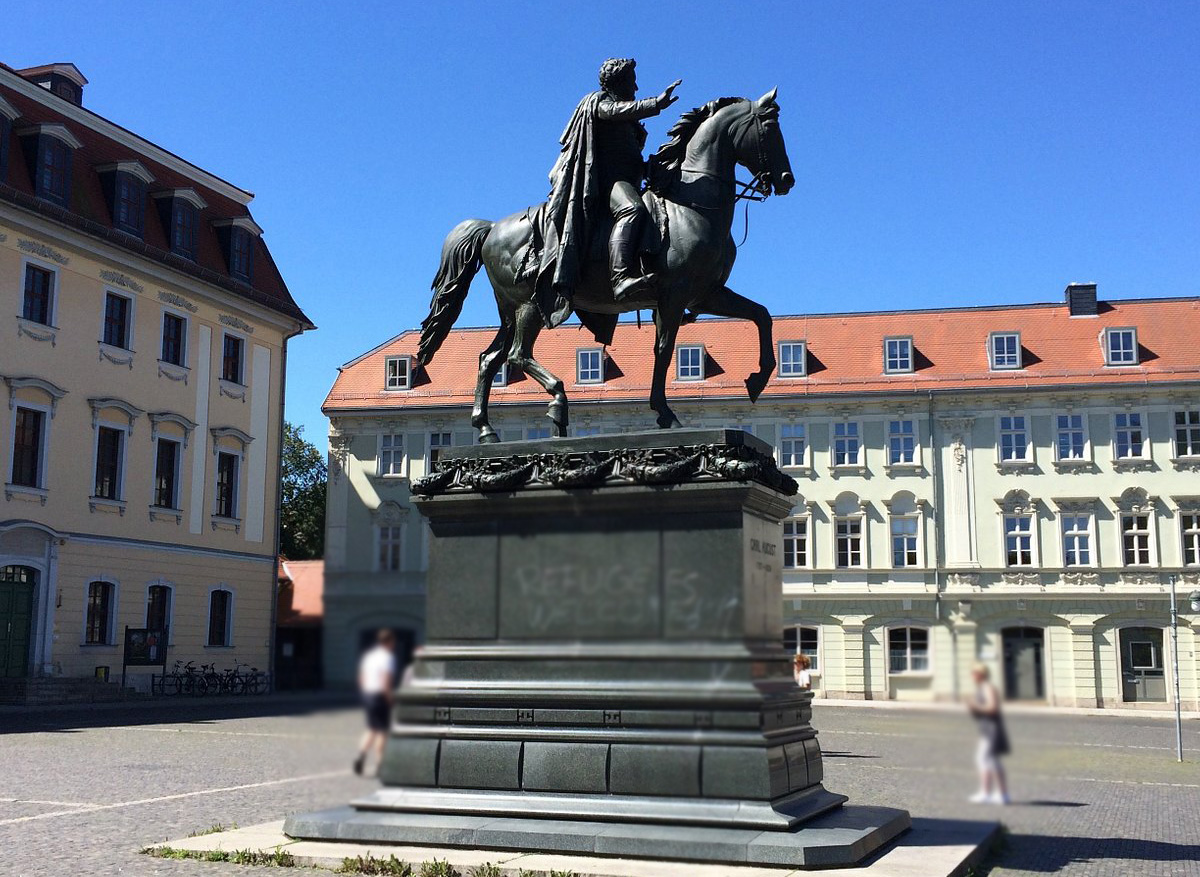
-
Römisches Haus (Carl August)

-
Stadtmuseum
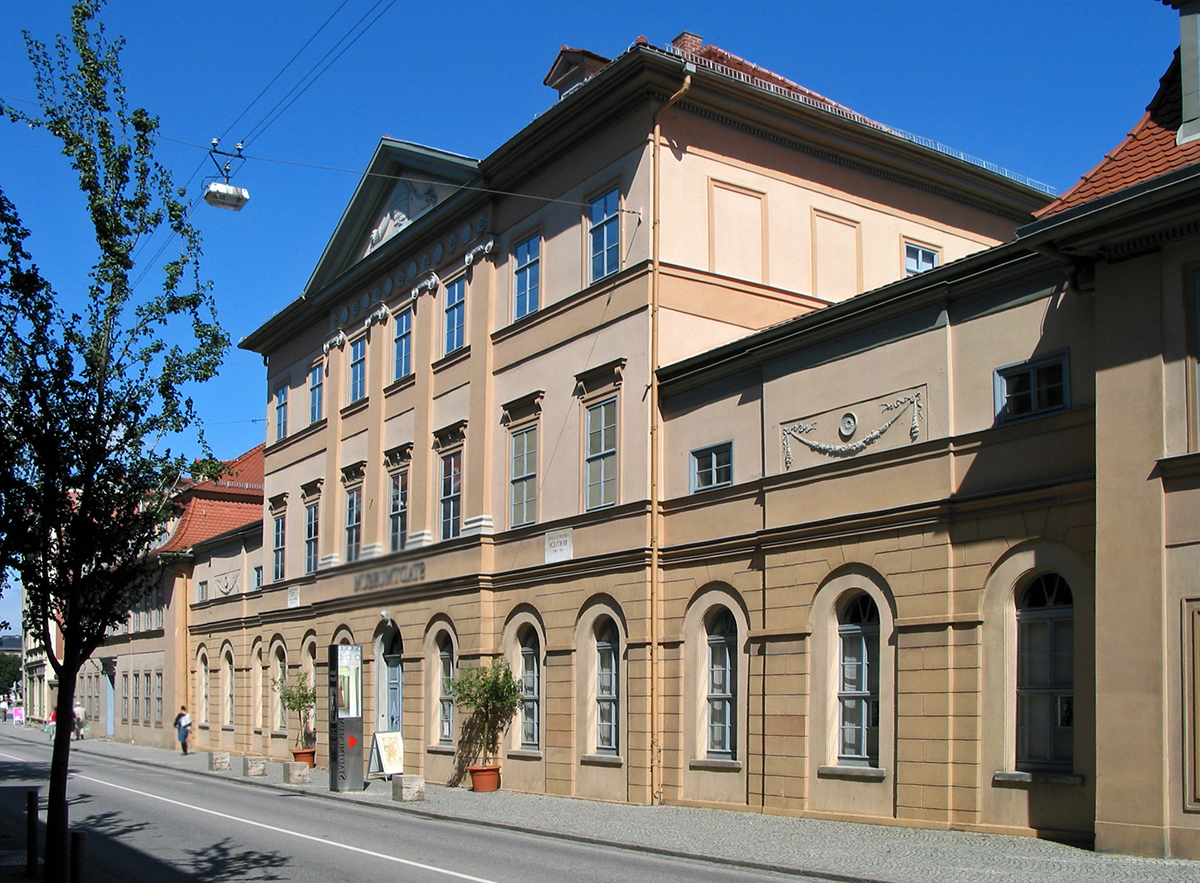
-
Stadtschloss
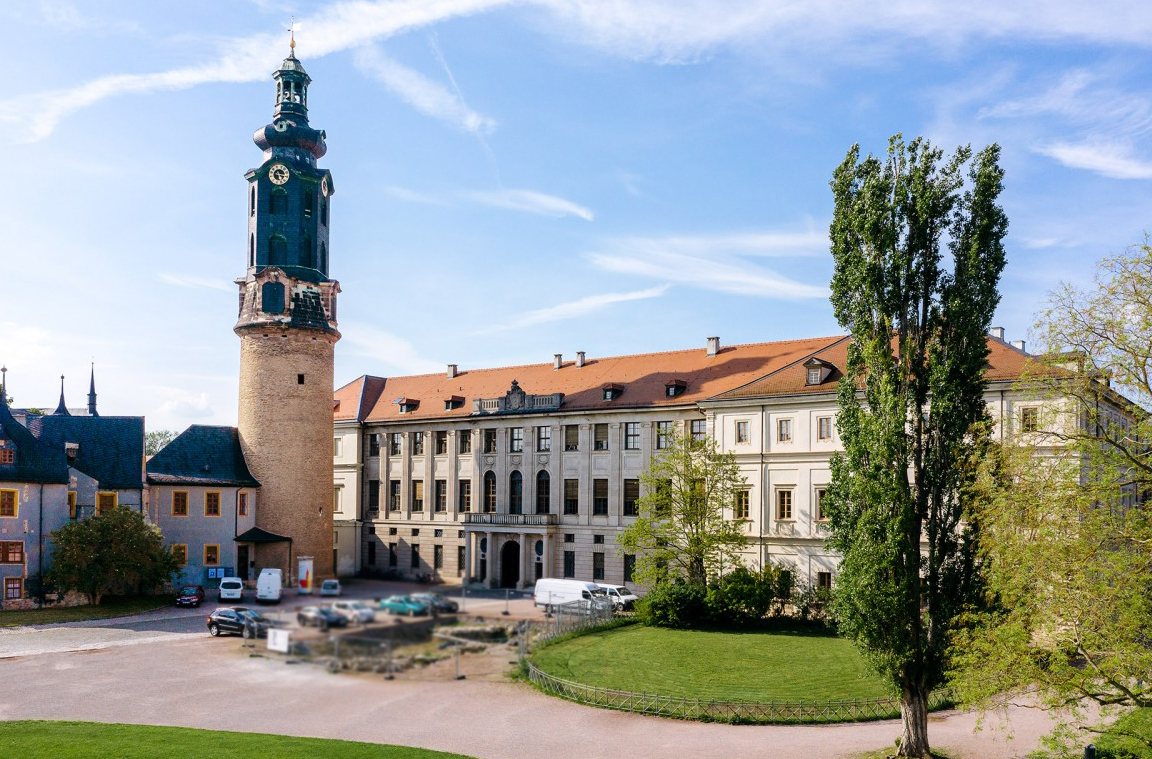
-
Standort Neues Bauhausmuseum
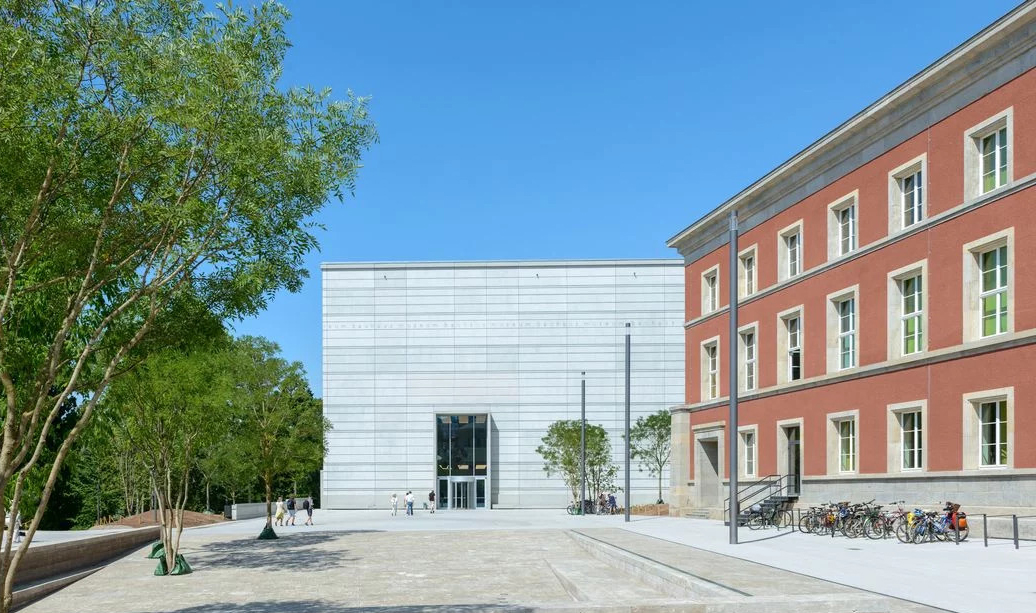
-
Villa Altenburg
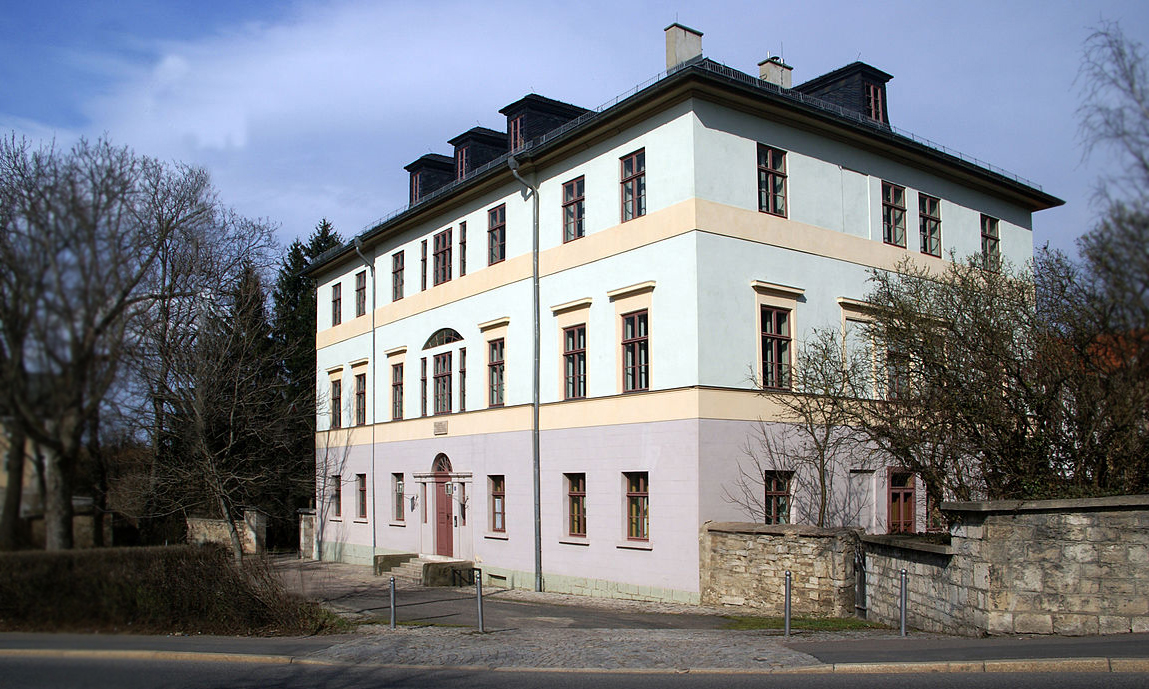
-
Welscher Garten
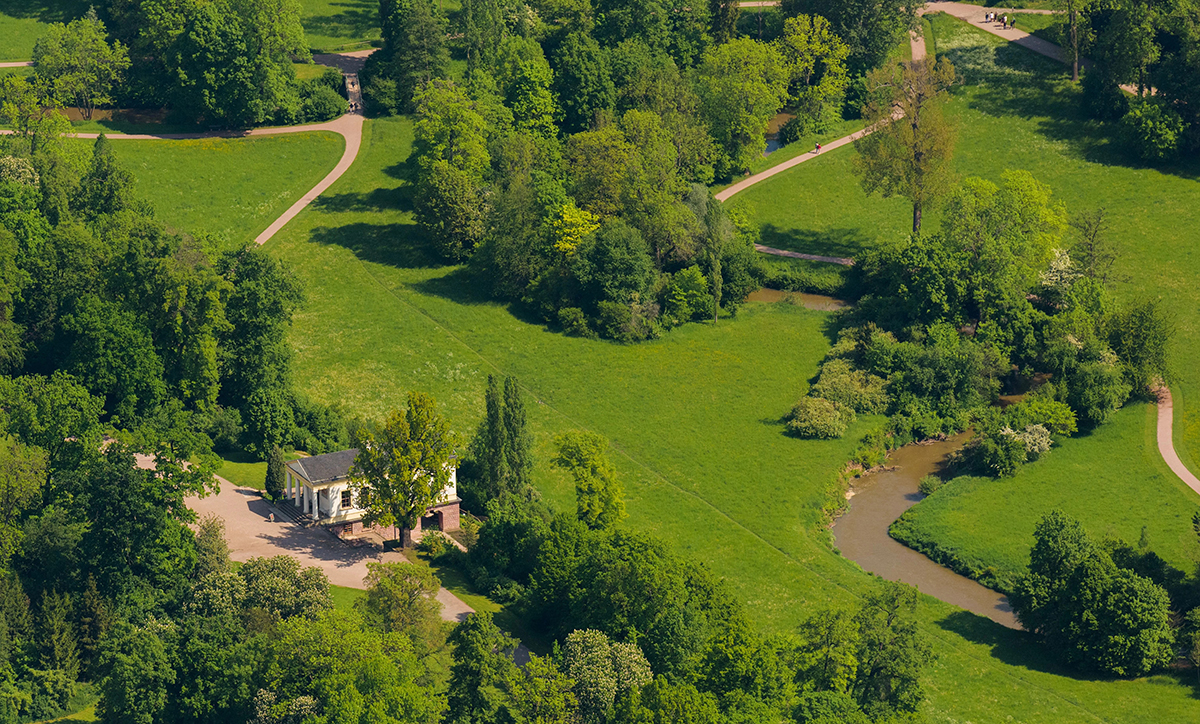
-
Wielanddenkmal
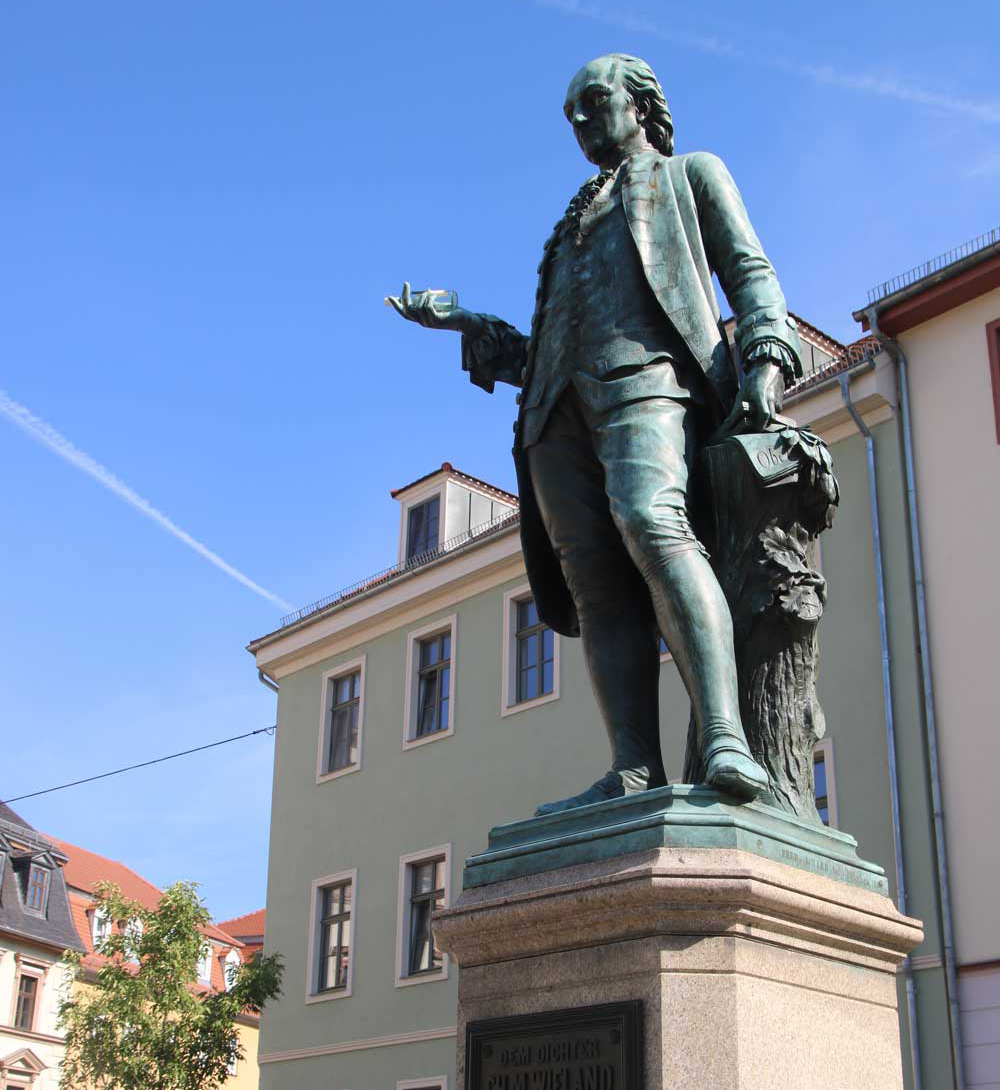
-
Wittumspalais

